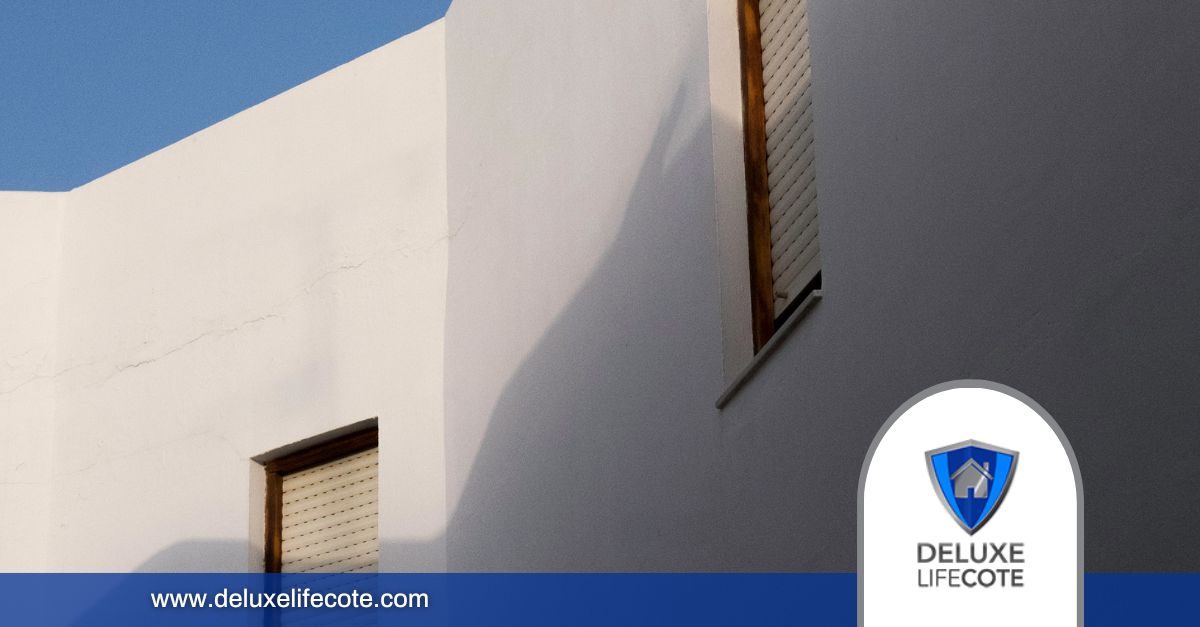With the rising costs of commodities, it is understandable for many of us to use whatever means we can to lower our house expenditures. And if you are in the process of renovating your house, you might wonder what kind of outside paint you should use to help you reduce your utility bill.
Energy-Efficient Outside Paint
Various factors can affect the energy efficiency in your home. These would include insulation, windows, and appliances. One aspect that often goes unnoticed is the influence of the outside paint color. The color of your house’s exterior can indeed impact its ability to absorb or reflect heat. Ultimately, it affects energy consumption and indoor comfort.
Understanding Heat Absorption and Reflectivity
The concept of heat absorption and reflectivity is vital in assessing the energy efficiency of a building’s exterior. Different colors have varying degrees of heat absorption and reflectivity. They can significantly affect the cooling and heating requirements of a structure.
Light Colors
Light-colored paint, including whites, pastels, and light grays, reflects more sunlight. Thus, it reduces the amount of heat absorbed by the building’s exterior. This quality helps keep the surface and interior cooler. It is especially beneficial in regions with intense sunlight and hot climates, like Texas and Arizona. Light colors can help reduce cooling costs by minimizing the need for air conditioning and other cooling mechanisms.
Further Considerations
Indeed paint color can play a huge role in energy efficiency, it is vital to remember that it is just one factor among many. As mentioned, insulation is also crucial for energy efficiency. It helps regulate indoor temperatures and reduce energy loss.
How About Windows?
In addition to painting your exterior with energy-efficient coating, you also need to install high-quality windows that come with energy-efficient features, such as low-emissivity coatings and double glazing. They can all contribute to improved energy efficiency.
Why Opt for Energy-Efficient Paint?
This kind of paint can significantly lower your monthly utility bills. It can reduce energy consumption. By choosing paint colors that can reflect heat, rather than absorbing it, you can minimize the need for AC if you live in hot climates or heating systems in colder regions. This can lead to significant energy savings and lower utility bills.
Sustainable Lifestyle
By reducing energy consumption, you indirectly reduce greenhouse gas emissions and the carbon footprint associated with energy production. Choosing environmentally friendly paint options can align with your efforts to promote a greener living environment.
The use of this kind of paint can also enhance your indoor comfort. When exterior surfaces reflect heat rather than absorb it, your house stays cooler, resulting in a more pleasant living or working environment.

What Energy-Efficient Paint to Consider?
If you do not want to rent your paint, then opt for Deluxe Lifecote. It is guaranteed for life. Thus, it shields you from future painting expenditures. Keep in mind that painting costs between $5,000 and $8,000. With DLC, you can avoid it. To know more about this energy-efficient outside paint, make sure to give us a ring.


